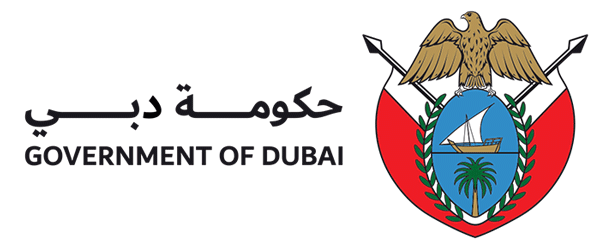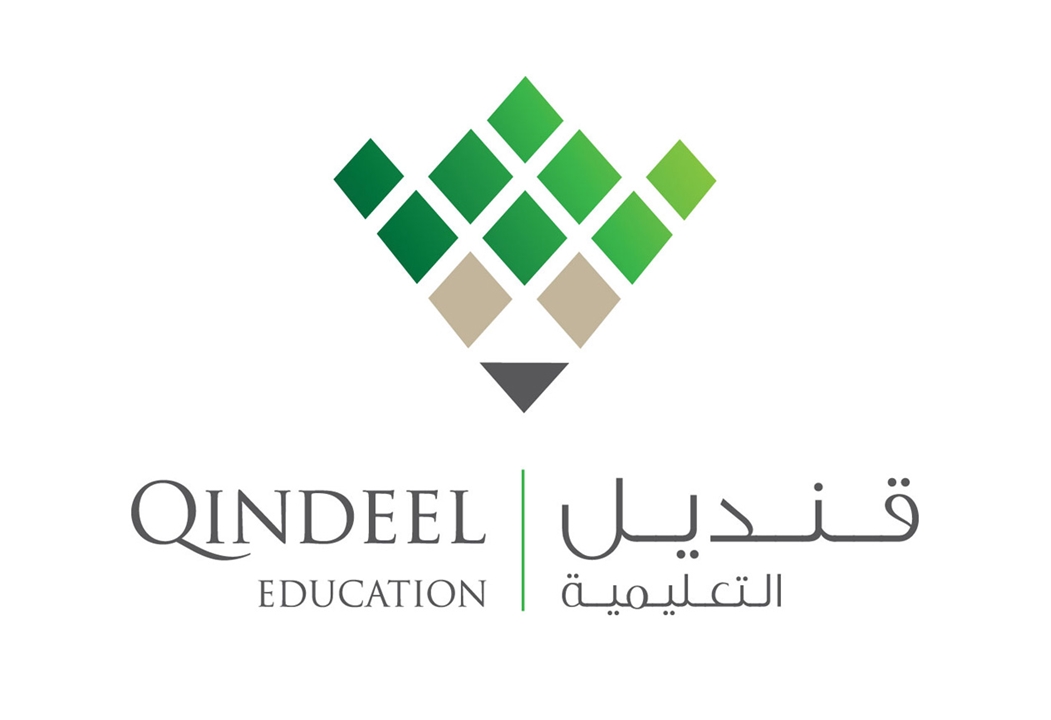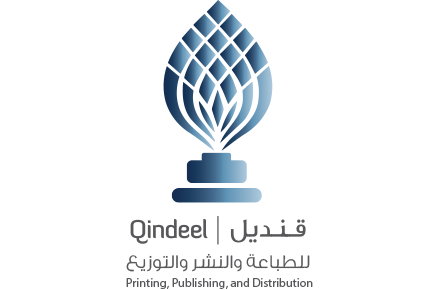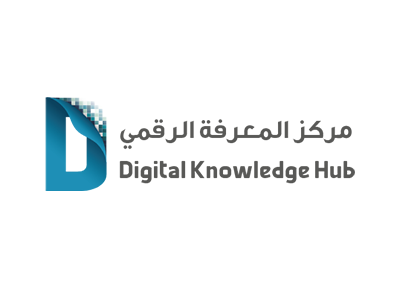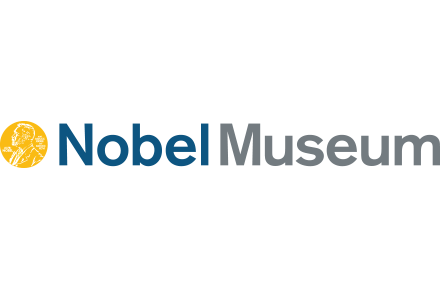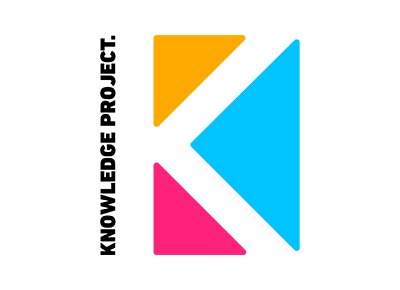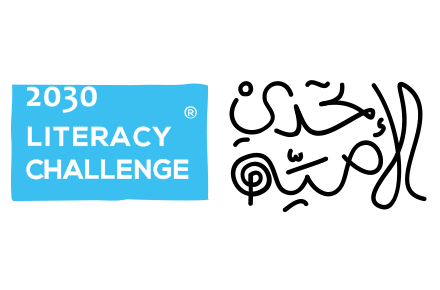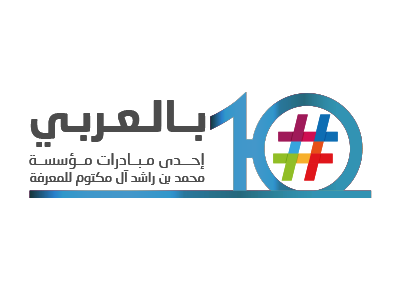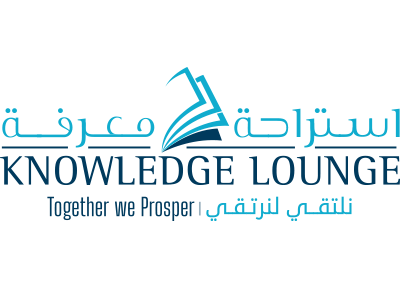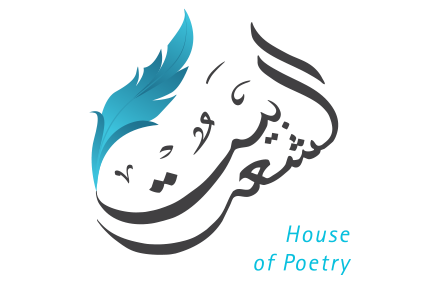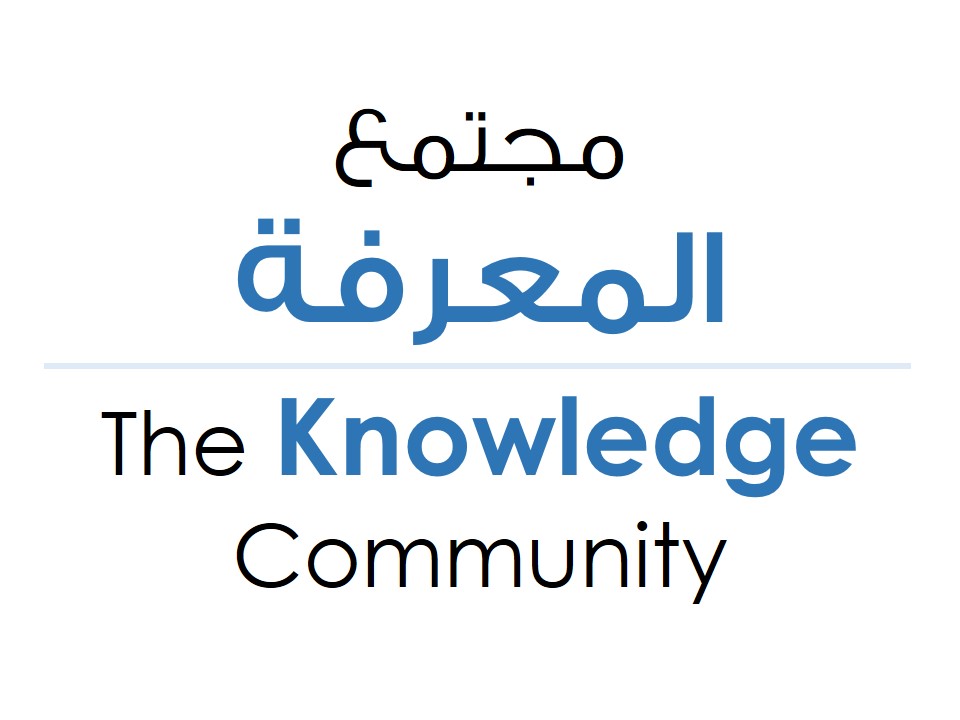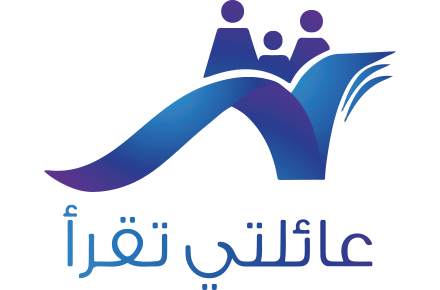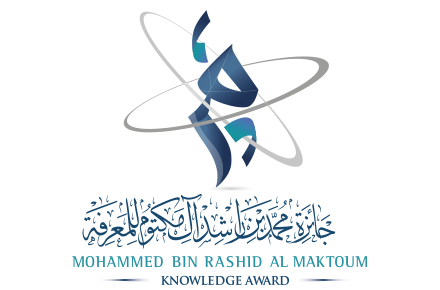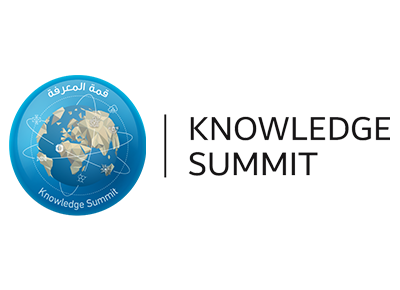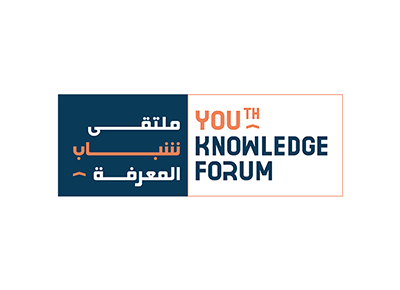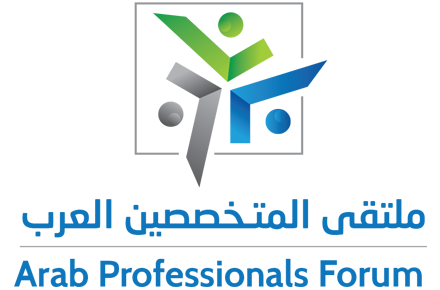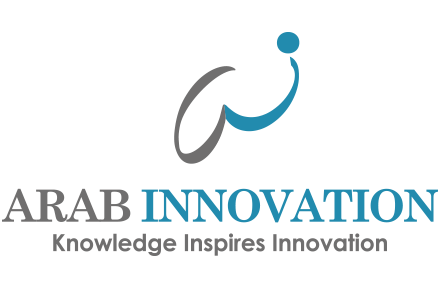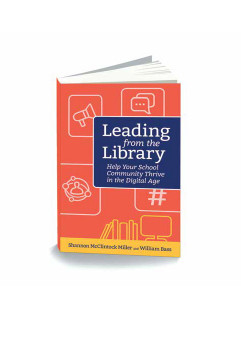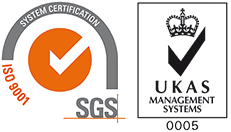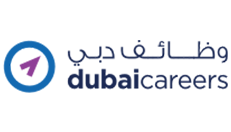UNDERSTANDING THE NEXT GENERATION DIGITAL LIBRARY: ISSUES, TECHNOLOGIES, AND THE FUTURE
UNDERSTANDING THE NEXT GENERATION DIGITAL LIBRARY: ISSUES, TECHNOLOGIES, AND THE FUTURE
In this book, Younghee Noh discusses the current issues and technologies of digital libraries, and the changes that come as a result of the introduction of new technologies and how they have led to an improvement of user services based on the user’s level of literacy evaluation. She also discusses the violation of user privacy caused by digital technology, and evaluation of library digitization level.
The author also discusses current issues and technologies for digital libraries, noting that, “the library evolved with great sensitivity in response to changes in the library environment. The change in the media also had a major impact on the library’s resources. Information and communications technology has a direct impact on library services. Traditional libraries have evolved from normal libraries to hybrid, then to digital today in the ever-changing information environment.”
She says that before the circulation of the term of “digital library”, there was a wide variety of terms that refer to the future form of the library such as the electronic library, multimedia library, internet library, web library, and virtual library, but the digital library, which is the term most commonly used, in the next generation, modern libraries can be defined depending on time trends, the views of scientists, and the types of institutions that build them. But in general, it can be said that the digital library is the one that provides information resources in the digital form and digital information services in a physical or virtual space outside the limits of time and space using digital technologies.
The library developed with great sensitivity in response
to changes in its environment, and the changes in the media
had a major impact on its resources.
The book is published by LAP LAMBERT Academic Publishing. It includes seven chapters: Overview of Digital Library; Construction and Operation of Digital Library; Digital Library and User; Building Technology and Issues of the Next-Generation Digital Library; Digital Library and User Privacy; Level of Library Digitization; and Library 4.0.
PUBLISHING FOR LIBRARIES: AT THE DAWN OF THE DIGITAL AGE
Since the 1960s, Charles Chadwyck-Healey has been at the forefront of library publishing and the company, the Chadwyck-Healey publishing group, he founded in 1973 remains a familiar brand name to academic libraries around the world.
In this wide-ranging book, Chadwyck-Healey charts his personal history of this constantly changing field, from the earliest days of reprint publishing, through microfilm, microfiche and CD-ROM publishing to the current digital publishing age.
He describes the early years of using computers in publishing and the introduction of the CD-ROM which was soon supplanted by online. Chadwyck- Healey was one of the first publishers to use both these new media. Focusing upon leading publishing endeavors around the world – in the USA, UK, Europe and post-Soviet Russia – this book includes vivid and informative first-hand accounts of such landmark publishing projects as the US National Security Archive, the catalogue of the British Library on CD-ROM, and Literature Online (LION).
“My own association with the Chadwyck-Healey dates from the mid-1970s when, as a f ledgling librarian, I was employed by the fledgling company to examine the catalogues of archives in the faculty and college libraries in Cambridge in the hope of finding some that were of sufficient interest to justify being published on microfilm,” he says.
“This aspect of the project came to naught, but the firm went on to produce the National Inventory of Documentary Sources for archives in both the United States and the United Kingdom. Since then, I have watched Chadwyck-Healey develop and become a major player on the library scene, and as the director, successively, of two large academic libraries, I have not only been a purchaser of many of its products but have worked with Charles on aspects of national policy for archives and legal deposit,” he added.
The development of the Chadwyck-Healey company was a ref lection of the development of the libraries themselves because they embraced the successive publishing generations. The goal of this qualitative book comes to tell the story of a publisher who printed and published microfilm and CDs and then how to sell them to libraries around the world, from 1960 to the end of the century, and the most important idea of how physical media was replaced almost entirely in recent years by the databases via the Internet to digital libraries.
The development of the Chadwyck-Healey company
was a ref lection of the development of the libraries
themselves because they embraced the successive
publishing generations.
LEADING FROM THE LIBRARY: HELP YOUR SCHOOL COMMUNITY THRIVE IN THE DIGITAL AGE
The modern school library supports education in a variety of ways. One essential role librarians play is that of a leader who works collaboratively to build relationships, mold culture and climate, and advocate for the needs of learners and the community.
In this book, Leading from the Library: Help Your School Community Thrive in the Digital Age, a librarian, Shannon McClintock Miller, and an education leader, William Bass, team up to reflect on the librarian’s ability to build connections in two ways. First, they discuss the benefits of bringing the outside world into the library through the use of social media, videoconferencing and other tools that allow librarians to partner with others. Then they expand upon these connections by addressing how librarians can lead in the greater educational community by sharing resources and strategies, and partnering with school leaders to tell the story of the school community.
Through this book, librarians will discover the influence they can have on the school community as the library becomes the heart of the school, a place where problems are solved, content is explored, connections are made and discovery happens.
The authors say: “Over the past decade, many school libraries have undergone radical transformation. What was traditionally viewed as a quiet place where noise was frowned upon, is now often viewed as one of the main learning hubs, a fun place to be, and the heart of the school community. For hundreds of years, literacy has been the focus of libraries, and today’s modern libraries are laserfocused on keeping literacy at the heart of learning. Yet, today’s modern libraries also include flexible spaces for additional authentic and personal learning opportunities.”
“It’s not about choosing between literacy or innovative opportunities. It’s about teaching literacy through innovative opportunities. Whether it’s a makerspace, a coding corner, an exploration hub, or a creation station where students learn through iteration and the use of design software and a 3D printer, today’s Future Ready libraries are engaging, interactive, and built upon deep levels of learning. They are no longer only places of consumption, but places of curation, creation, and design. Whether it’s curled up getting lost in a book, or coding their way to solving problems, today’s Future Ready libraries are a place kids want to be!” they added.
By collecting success stories from all over the United States of America, and by looking at the latest cuttingedge resources, the authors believe that leading from the library creates the transformation journey for students, readers of today and world leaders tomorrow, and helps them meet their many needs.
Shannon and Bill believe that societies are different, but each has its own strengths and cultures, and they find that what may work in one society may appear fundamentally different in another society, and this is part of the power of this book in their opinion, as it comes to creating conditions for the required change. They call for action to make it happen. “Our students who traditionally lack services do need every opportunity they undoubtedly deserve, and librarians are one of the keys to helping bridge this gap. Leading from the library is not just about what we can do, but about what we should do,” they wrote.
The authors spoke to librarians and school leaders across the USA, and they shared a common feeling about the role of libraries in the digital age, saying: “It seems to be constantly in a digital age has brought revolutionary new tools that have impacted our schools and libraries in dramatic ways. Access to devices and the internet has improved both at home and in our classrooms and we are utilizing digital content to engage students in meaningful ways.”
“Contrary to the misguided beliefs of some, the work of the librarian is not merely reading books to kids and helping them check out materials. It never was. Modern librarians are curators of information, tools, and strategies; they see everyone who walks through the doors of their schools as a potential learner. They are masters of technology and understand the way computers and the internet have changed how we both use and value information. These are the librarians of the digital age,” they added.
Common perception may paint a picture of librarians as one-dimensional, as only curators. “We recognize that, to be effective, librarians must go far beyond resources and materials, finding “just the right books,” and teaching research. In the digital age, librarians must respond to the challenges of the existing world and try to predict what the future will hold. In short, librarians must be leaders in the fields of education, technology, and information and be both willing and able to share their expertise. Only by embracing that leadership will we be able to begin to repaint the picture and change perceptions.
In their work, the authors were regularly asked for advice and guidance about the changes that librarians and schools want to make in their library programs. They say: “We point to a number of guiding documents that have helped us to pave the way for the changes that we want to see in our own programs. While not an exclusive list, Project Connect, Future Ready Schools, and the ISTE [International Society for Technology in Education] Standards provide structure for change and an understanding of the role of the digital age librarian. As an administrator responsible for his library program at a district level, Bill uses these documents as a way to have common language with his librarians to make tangible change in the programming, mindset, and spaces that make up those school libraries.”
About the Authors
William Bass is the innovation coordinator for instructional technology, information and library media for the Parkway School District in St. Louis, Missouri. He holds a master’s degree in instructional technology and a certificate of online learning from Southern Illinois University Edwardsville. Throughout his more than 20-year-old career in education, he has held positions as a middle and high school English teacher, technology integration specialist, instructional coach and educational consultant. He has served as co-president of the Educational Technology Association of Greater St. Louis and is presidentelect of the ISTE Board of Directors. Shannon McClintock Miller is the K-12 district teacher librarian at Van Meter Community School District in Iowa. In 2013, she was named one of the Faces of Innovation by Broadband for America, was one of 50 people featured in the 2013 Center for Digital Education Yearbook and was a featured Connected Educator with the Connected Educators projects in partnership with the U.S. Department of Education. In 2014, she was named a Library Journal Mover and Shaker, and in 2016, she was awarded the ISTE Making IT Happen Award. She enjoys blogging and recently published her first four children’s books about library skills with Cantata Learning.

